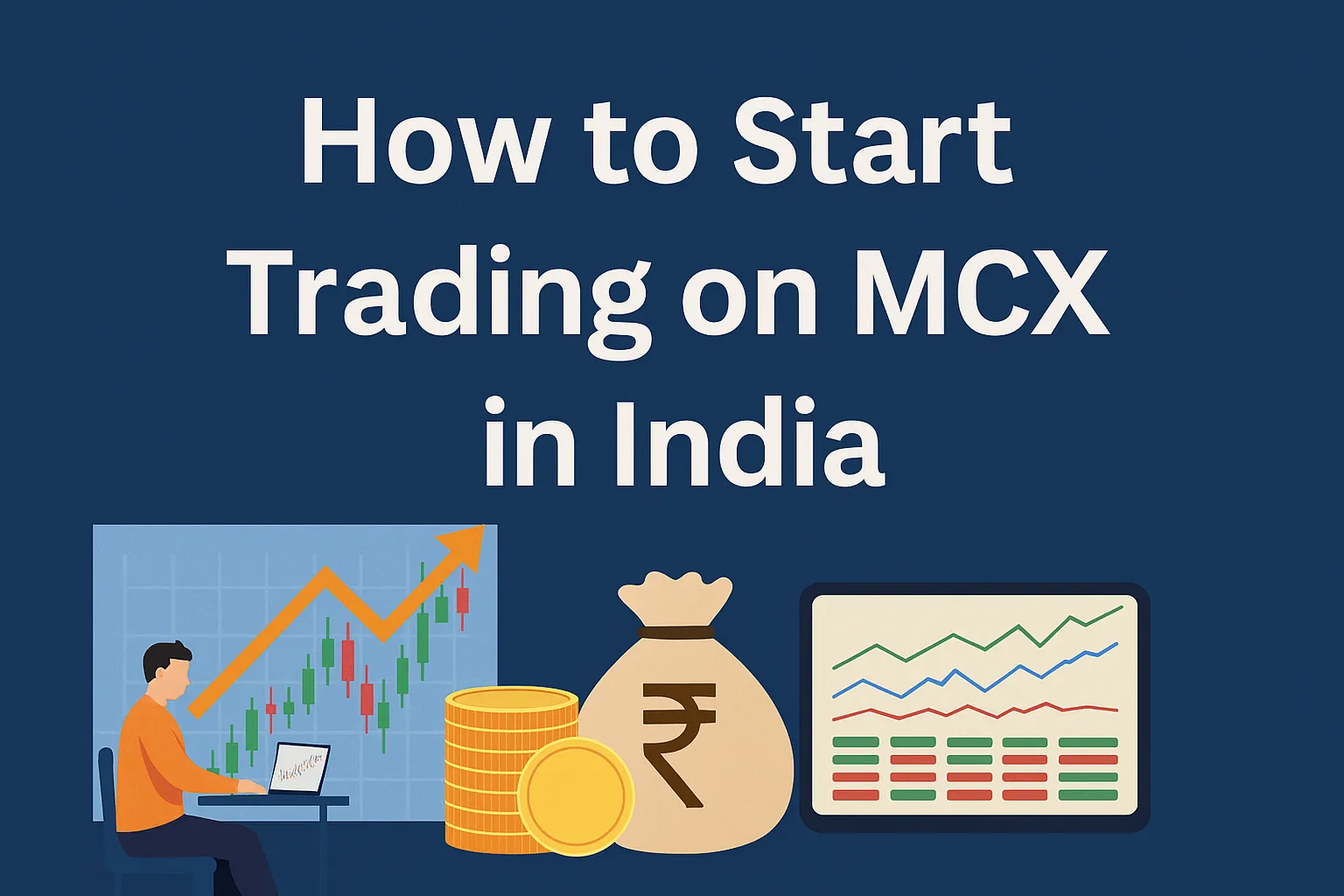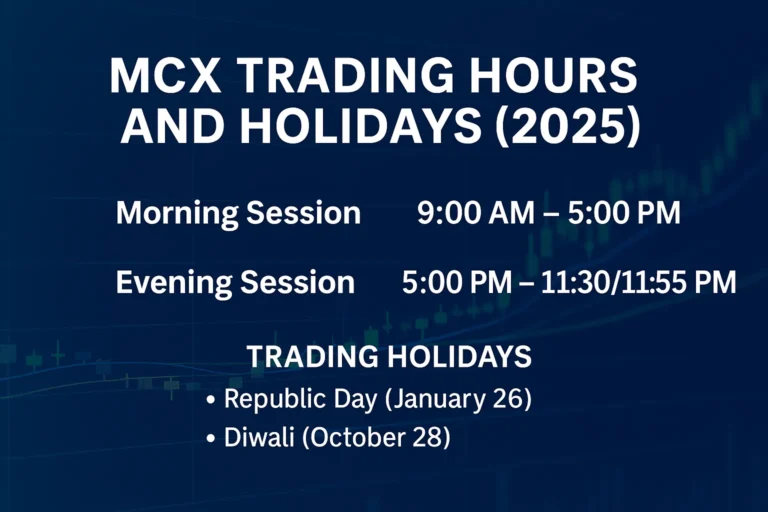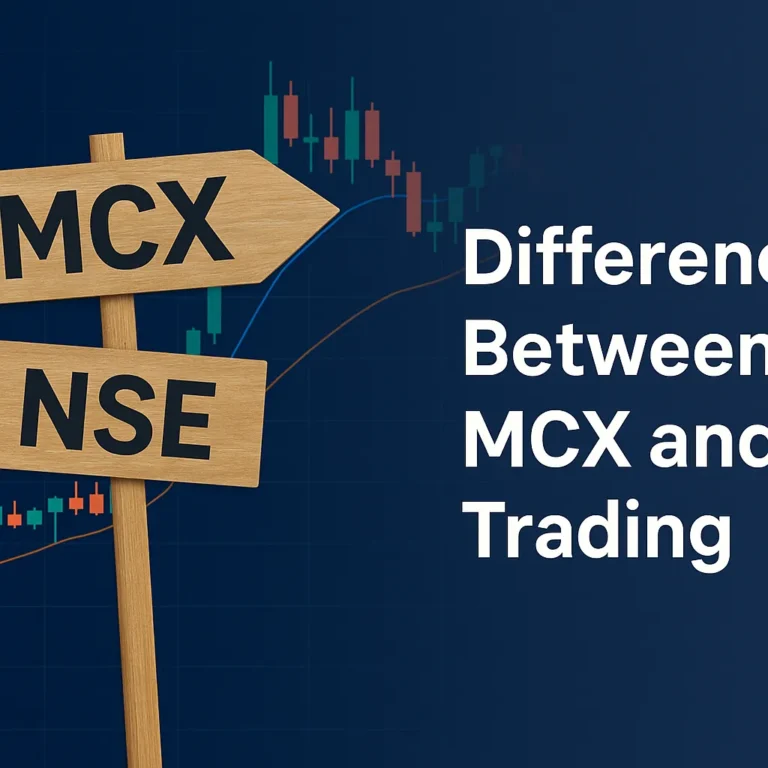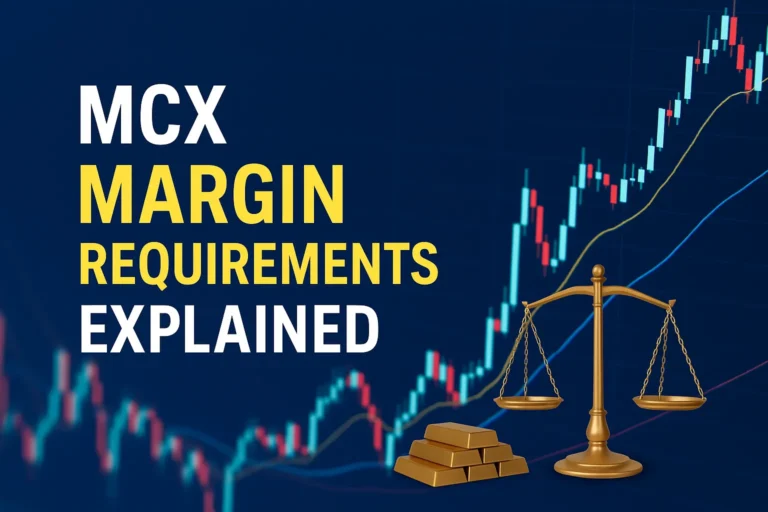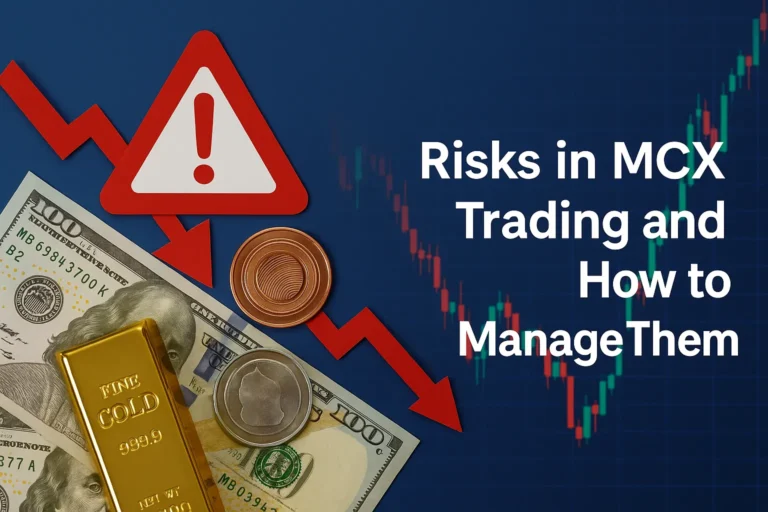How to Start Trading on MCX in India
Trading in commodities like gold, silver, and crude oil through MCX (Multi Commodity Exchange) has become increasingly popular among Indian traders. Whether you’re a beginner or an NSE trader exploring new markets, understanding how to start MCX trading is essential. This guide walks you through the complete process of starting your trading journey on MCX in India.
What Is MCX?
The Multi Commodity Exchange of India (MCX) is India’s leading commodity derivatives exchange. It allows traders to speculate on the price movements of commodities such as:
- Gold
- Silver
- Crude Oil
- Natural Gas
- Copper
- Zinc
- Cotton
- Mentha Oil
Step-by-Step Guide to Start Trading on MCX
1. Understand the Basics of Commodity Trading
Before you begin, it’s crucial to understand:
- How futures contracts work
- Trading hours (Morning & Evening sessions)
- Lot sizes and margins for each commodity
- Risk factors involved
2. Choose a SEBI-Registered Commodity Broker
You need to open a trading account with a broker registered with SEBI and a member of MCX. Popular brokers for MCX trading include:
- Zerodha
- Angel One
- Upstox
- Kotak Securities
- Sharekhan
Check for:
- MCX registration
- Commodity trading charges
- Margin requirements
- Platform tools and support
3. Open a Commodity Trading & Demat Account
Documents required:
- PAN Card
- Aadhaar Card
- Bank account details
- Income proof (ITR/Form 16/Bank Statement)
- Passport-size photo
Most brokers allow you to open accounts online in a paperless process using Aadhaar-based eKYC.
4. Fund Your Trading Account
After KYC approval, fund your trading account using internet banking or UPI to begin placing trades.
5. Choose the Right Commodity to Trade
For beginners, popular and liquid commodities like:
- Gold Mini
- Silver Micro
- Crude Oil
are better to start with. These have lower lot sizes and are actively traded.
6. Use a Charting Platform to Analyze Trades
You can use platforms like:
- TradingView (via broker)
- FYERS One
- Zerodha Kite Charts
Study indicators like Moving Averages, RSI, MACD, and volume to make informed decisions.
7. Start with a Demo or Paper Trading
If you’re unsure, practice in a demo environment before trading real capital. Some brokers offer virtual trading for MCX products.
8. Place Orders and Track Market Movements
Once confident, you can place:
- Market orders
- Limit orders
- Stop-loss orders
Always keep track of live MCX prices, global commodity news, and economic data releases affecting commodity markets.
Tips for MCX Beginners
- Start with a small capital
- Never trade without stop-loss
- Avoid overleveraging
- Keep learning commodity trends and international cues
- Follow economic calendars for key data releases
FAQs
What is the minimum amount needed to start MCX trading?
You can start with as low as ₹5,000–₹10,000 depending on the commodity and margin requirements.
Can I trade MCX on the same platform as stocks?
Yes, most full-service and discount brokers offer both equity and commodity trading on the same platform.
Are profits from MCX trading taxable?
Yes, profits from MCX trading are considered speculative business income and are taxable under Indian income tax laws.
Can I trade MCX from a mobile app?
Yes, most brokers provide mobile trading apps like Kite, Angel One, or Upstox Pro with MCX integration.
What are MCX trading hours?
MCX trades in two sessions:
- Morning Session: 9:00 AM – 5:00 PM
- Evening Session: 5:00 PM – 11:30/11:55 PM (depending on commodity)

